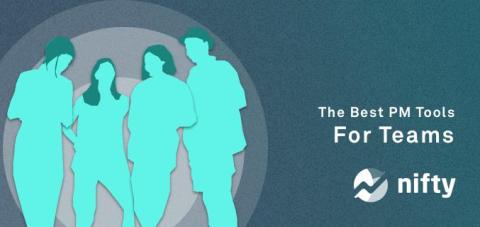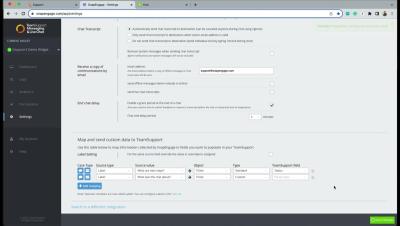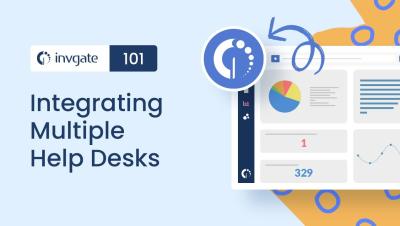Teams | Collaboration | Customer Service | Project Management
%term
Creating a strong remote work culture within your organization: tips and tools
A few decades ago, working from home was a luxury. However, in the wake of the COVID-19 pandemic, remote work has boomed, and flexible work environments have become almost an expectation of employers. The accelerated shift to remote work has presented many challenges, particularly around communication, monitoring progress, and meeting deadlines. But it has also created many opportunities, such as access to more talent, better work-life balances, and enhanced company cultures.
10 essential tips on how to improve company culture
Are your employees engaged at work? Chances are, they’re not. Data shows that only 32% of the American workforce is engaged in their work. That leaves a whopping two-thirds who feel some level of disengagement from their job. A company’s culture profoundly affects employee engagement levels, as well as other aspects like customer service quality and staff retention. Fostering a healthy workplace culture is highly important, and most people agree.
11 Best Product Management Tools for Teams in 2023
No project manager can handle everything alone. They need the power of product management tools by their side to get things done faster, smarter, and optimally. If you are looking to add a robust suite of product management software tools to add to your tech stack, this guide is for you. We will deep-dive into some of the most powerful product management tools you can leverage and don multiple hats like a pro!
What is Customer Service? Definition, Benefits, Skills, & Tips for 2023
Customer service is crucial to the success of a business. If you’re new to the concept of customer service or just want to keep yourself up to date with the latest trends, we’ve got you covered.
Fun icebreaker questions and team building activities for virtual team bonding
This article was originally published on April 13, 2020, and was updated on Sept. 29, 2023. Virtual team bonding activities like fun icebreaker questions are a great way to knock down virtual walls and help teams get to know each other.
Managing Non-Compliant Applications: A Proactive Approach to Risk Management
Navigate the challenges of non-compliant applications in the modern business landscape. Explore comprehensive desktop monitoring and management solutions to bolster security, maintain compliance, and foster a culture of proactive risk management.










